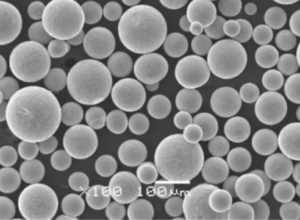概要
高熱伝導合金 は、効率的に熱を伝達する能力により、様々な産業で重要な役割を担っています。これらの合金は、エレクトロニクスから航空宇宙まで幅広い用途において、極端な温度に対応し、熱放散を促進するように設計されている。しかし、これらの合金は何が特別なのでしょうか?高熱伝導性合金の組成、特性、用途について詳しく見ていきましょう。
高熱伝導合金の組成
高熱伝導合金の魔法はその組成にある。様々な金属粉末をブレンドして、望ましい熱性能を実現します。具体的な金属粉末のモデルとそのユニークな特性についてご紹介します:
| 金属粉モデル | 構成 | 熱伝導率 (W/m-K) | 主要物件 |
|---|---|---|---|
| 銅(Cu) | 純銅 | 398 | 優れた導電性、可鍛性 |
| アルミニウム(Al) | 純アルミニウム | 235 | 軽量、耐腐食性 |
| 銀(Ag) | 純銀 | 429 | 最高の導電性、抗菌性 |
| 金(Au) | 純金 | 318 | 優れた耐食性と耐酸化性 |
| グラファイト(C) | カーボン | 150-500 | 高い熱伝導性、電気伝導性、潤滑性 |
| 炭化ケイ素(SiC) | SiC | 120-270 | 高硬度、化学的安定性 |
| 酸化ベリリウム (BeO) | BeO | 250 | 高熱伝導性、電気絶縁性 |
| ダイヤモンド(C) | カーボン | 2000 | 最高の熱伝導率、卓越した硬度 |
| 窒化アルミニウム(AlN) | 窒化アルミニウム | 140-180 | 高熱伝導性、電気絶縁性 |
| 酸化マグネシウム (MgO) | MgO | 60 | 良好な熱伝導性、電気絶縁性 |
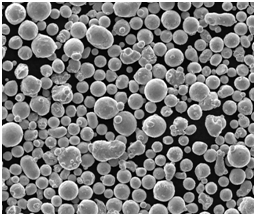
の特徴 高熱伝導合金
これらの合金の特徴を理解することは、特定の用途に適した材料を選択するのに役立ちます。これらの特徴について、さらに詳しく調べてみましょう:
- 熱伝導率:効率的な熱伝達を保証する主要な属性。
- 耐食性:過酷な環境下での耐久性が不可欠。
- 電気伝導率:電子部品を使用するアプリケーションで重要。
- 機械的強度:材料が物理的ストレスに耐えられることを保証する。
- 可鍛性と延性:材料を所望の形状に成形するために不可欠。
詳細特性表
| 合金 | 熱伝導率 | 電気伝導率 | 耐食性 | 機械的強度 | 可鍛性 |
|---|---|---|---|---|---|
| 銅(Cu) | 高い | 素晴らしい | 中程度 | 高い | 素晴らしい |
| アルミニウム(Al) | 高い | グッド | 素晴らしい | 中程度 | グッド |
| 銀(Ag) | 最高 | 素晴らしい | グッド | 中程度 | グッド |
| 金(Au) | 高い | 素晴らしい | 素晴らしい | 高い | グッド |
| グラファイト(C) | 可変 | グッド | グッド | 中程度 | 中程度 |
| 炭化ケイ素(SiC) | 中程度 | 貧しい | 素晴らしい | 高い | 貧しい |
| 酸化ベリリウム (BeO) | 高い | 貧しい | グッド | 高い | 貧しい |
| ダイヤモンド(C) | 最高 | 素晴らしい | 素晴らしい | 最高 | 貧しい |
| 窒化アルミニウム(AlN) | 高い | 貧しい | グッド | 中程度 | 貧しい |
| 酸化マグネシウム (MgO) | 中程度 | 貧しい | グッド | 中程度 | 貧しい |
高熱伝導合金の用途
これらの合金は、そのユニークな特性により、様々な分野で不可欠なものとなっています。ここでは、さまざまな産業がこれらの材料をどのように活用しているかをご紹介します:
| 産業 | 申し込み | 使用合金 | 理由 |
|---|---|---|---|
| エレクトロニクス | ヒートシンク、PCB基板 | 銅、アルミニウム、窒化アルミニウム | 高い熱伝導性、良好な電気特性 |
| 航空宇宙 | サーマルシールド、エンジン部品 | チタン合金、炭化ケイ素 | 高い強度対重量比、耐熱性 |
| 自動車 | エンジン部品、ブレーキ部品 | アルミニウム、銅、グラファイト | 軽量、効率的な放熱 |
| 医療機器 | 画像機器、インプラント | 金、銀、酸化ベリリウム | 生体適合性、高導電性 |
| エネルギー | ソーラーパネル、パワーエレクトロニクス | 銅、グラファイト、炭化ケイ素 | 高い導電性、耐久性 |
| 電気通信 | マイクロ波デバイス、アンテナ | 銅、アルミニウム、ダイヤモンド | 効率的な放熱、電気特性 |
| コンシューマー・エレクトロニクス | スマートフォン、ノートパソコン | 銅、アルミニウム、グラファイト | 熱管理、軽量 |
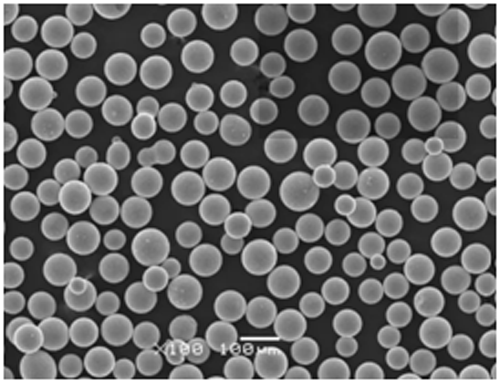
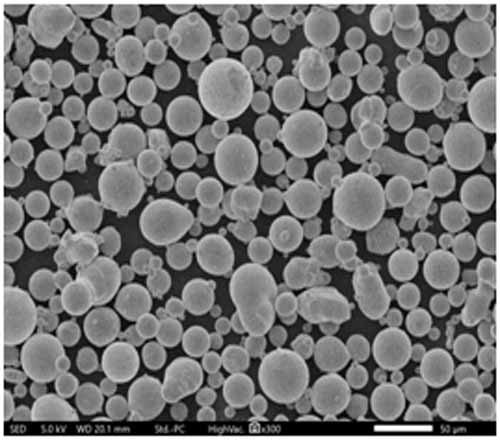
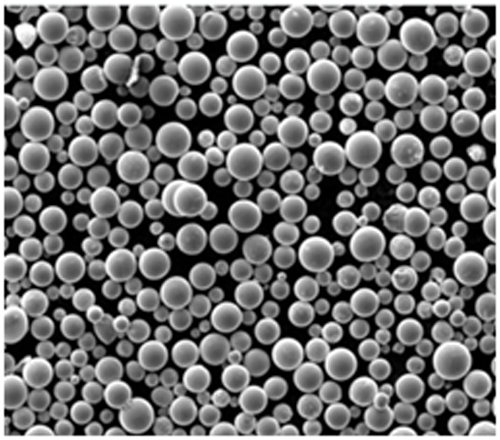
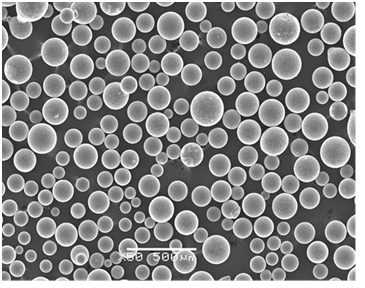

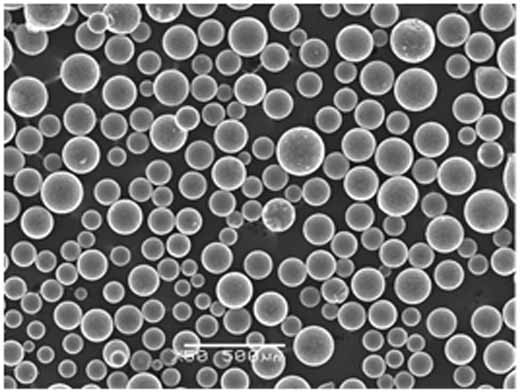
仕様、サイズ、等級、規格
選択時 高熱伝導合金特定の用途への適合性を確保するためには、仕様、サイズ、等級、規格を考慮することが極めて重要である。
仕様表
| 合金 | グレード | サイズ(mm) | スタンダード |
|---|---|---|---|
| 銅(Cu) | C11000 | 1-100 | ASTM B152 |
| アルミニウム(Al) | 6061 | 0.5-150 | ASTM B209 |
| 銀(Ag) | 999 | 0.1-50 | ASTM B413 |
| 金(Au) | 24K | 0.01-25 | ASTM B562 |
| グラファイト(C) | ホップ | 0.01-10 | ISO 11439 |
| 炭化ケイ素(SiC) | A | 0.1-20 | ASTM F1892 |
| 酸化ベリリウム (BeO) | HP | 0.01-5 | MIL-M-38510 |
| ダイヤモンド(C) | インダストリアル | 0.001-1 | ISO 9001 |
| 窒化アルミニウム(AlN) | 高純度 | 0.1-10 | ASTM D333 |
| 酸化マグネシウム (MgO) | テクニカル | 0.5-50 | ASTM C572 |
サプライヤーと価格詳細
信頼できるサプライヤーを見つけ、価格を理解することは、調達にとって不可欠である。
サプライヤー表
| サプライヤー | 利用可能な合金 | 価格帯(kgあたり) | 所在地 |
|---|---|---|---|
| マテリオン | 酸化ベリリウム、窒化アルミニウム | $500-$1000 | アメリカ |
| 3M | 炭化ケイ素、アルミニウム | $50-$200 | アメリカ |
| 日立金属 | 銅、グラファイト | $10-$100 | 日本 |
| 住友電工 | ダイヤモンド、ゴールド | $1000-$5000 | 日本 |
| 東洋炭素 | グラファイト、銅 | $20-$150 | 日本 |
| 昭和電工 | アルミニウム、酸化マグネシウム | $15-$120 | 日本 |
| H.C.スタルク | シルバー、ゴールド | $500-$4000 | ドイツ |
| ケナメタル | 炭化ケイ素、銅 | $30-$250 | アメリカ |
| ルサール | アルミニウム、銅 | $10-$90 | ロシア |
| アルコア | アルミニウム、酸化マグネシウム | $15-$110 | アメリカ |
長所と短所:高熱伝導合金の比較
適切な合金を選択するには、利点と限界を天秤にかける必要があります。ここで比較分析をしてみましょう:
利点と限界
| 合金 | メリット | 制限事項 |
|---|---|---|
| 銅(Cu) | 優れた熱伝導性と電気伝導性、高い延性 | 酸化しやすく、アルミニウムより重い。 |
| アルミニウム(Al) | 軽量、良好な導電性、耐食性 | 銅より低い熱伝導率 |
| 銀(Ag) | 最高の熱伝導性、優れた抗菌性 | 高価、変色しやすい |
| 金(Au) | 優れた耐食性、良好な導電性 | 非常に高価で柔らかい金属 |
| グラファイト(C) | 高い熱伝導性、良好な潤滑性 | 脆く、高温で酸化する可能性がある。 |
| 炭化ケイ素(SiC) | 高い硬度、良好な熱安定性 | 脆く、金属よりも熱伝導率が低い |
| 酸化ベリリウム (BeO) | 高い熱伝導性、良好な電気絶縁性 | 粉塵として吸い込むと有毒、脆い |
| ダイヤモンド(C) | 最高の熱伝導率、極めて高い硬度 | 非常に高価で扱いにくい |
| 窒化アルミニウム(AlN) | 良好な熱伝導性、電気絶縁性 | 脆く、ダイヤモンドより導電性が低い |
| 酸化マグネシウム (MgO) | 熱伝導率が良く、コストパフォーマンスに優れる | トップ導体と比較して低い導電率 |
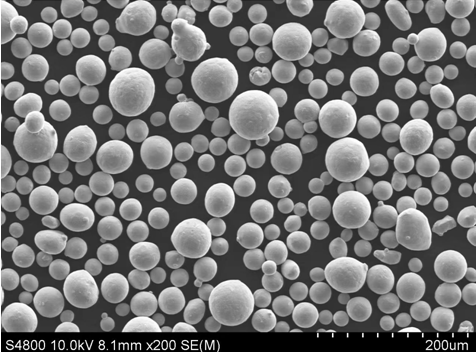
よくある質問
よくある質問
| 質問 | 回答 |
|---|---|
| 最も熱伝導率の高い金属は? | 銀で、熱伝導率は429W/m・K。 |
| 合金において熱伝導率が重要なのはなぜですか? | これは、様々な用途における熱管理にとって極めて重要な、熱を効率的に伝達する材料の能力を決定する。 |
| ヒートシンクに最適な合金は? | 銅とアルミニウムは熱伝導率が高く、切削加工が容易なため、よく選ばれている。 |
| 高熱伝導合金は高価ですか? | 金やダイヤモンドのような合金は非常に高価だが、アルミニウムや銅は手頃な価格だ。 |
| 熱伝導率の測定方法は? | 単位はワット毎メートル・ケルビン(W/m・K)で、単位温度差当たりの単位距離当たりの熱移動量を示す。 |
| 合金は高い熱伝導率と電気伝導率の両方を持つことができるか? | そう、銅と銀は熱伝導率と電気伝導率の両方が高い合金の例だ。 |
| 高熱伝導合金の一般的な用途は? | 電子機器冷却、航空宇宙部品、自動車部品、医療機器。 |
| 不純物は熱伝導率にどのような影響を与えるのか? | 不純物はフォノンや電子を散乱させ、熱伝導率を低下させる。高純度材料は一般的に熱伝導率が高い。 |
| ダイヤモンドは本当に最高の熱伝導体なのか? | そう、ダイヤモンドは熱伝導率が最も高く、高性能の放熱用途に最適な素材なのだ。 |
| 最高の導体ではないにもかかわらず、アルミニウム合金の人気が高いのはなぜか? | アルミニウム合金は軽量で耐食性に優れ、コスト効率が高いため、銅や銀に比べて導電率が低いにもかかわらず、多くの実用的な用途に適しています。 |
結論として 高熱伝導合金 は、さまざまな用途で効率的な熱管理を可能にすることで、現代技術において重要な役割を果たしています。合金の組成、特性、および用途を理解することで、十分な情報に基づいた材料選択が可能になり、要求の厳しい環境において最適な性能と寿命が保証されます。銀の比類なき導電性、アルミニウムの堅牢な汎用性など、これらの合金は、今日の先端産業における技術革新と機能性の推進に不可欠です。

